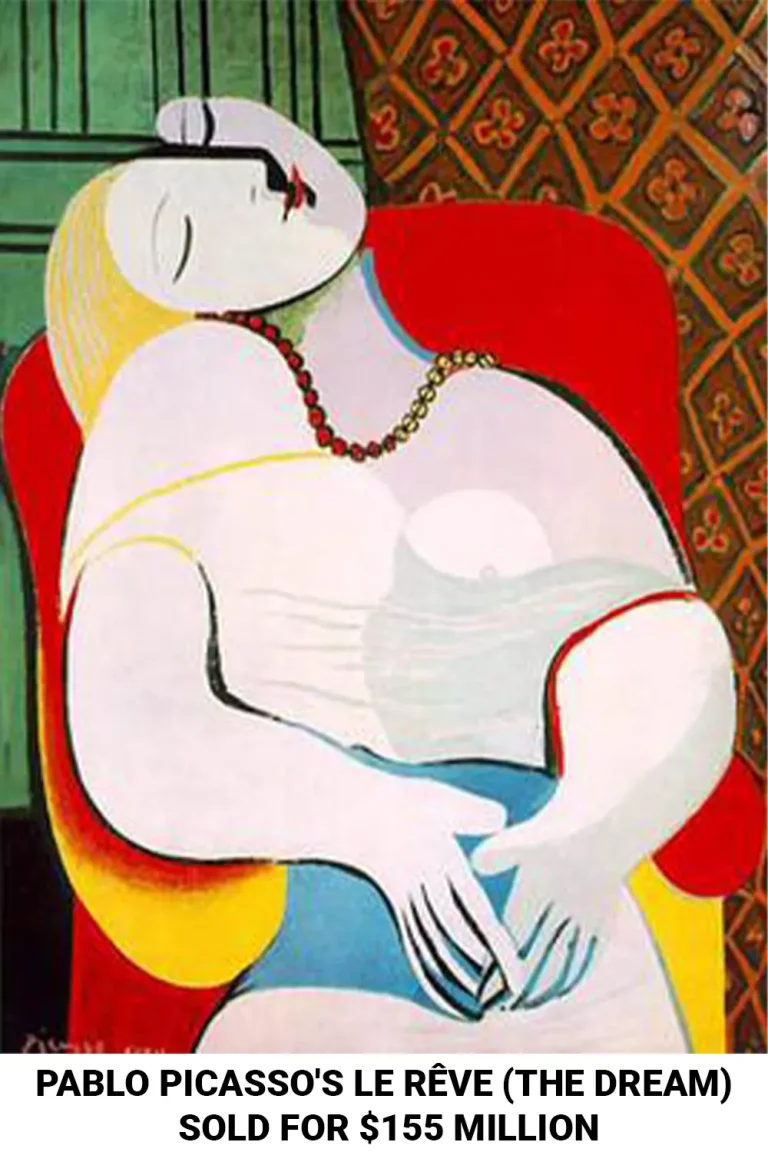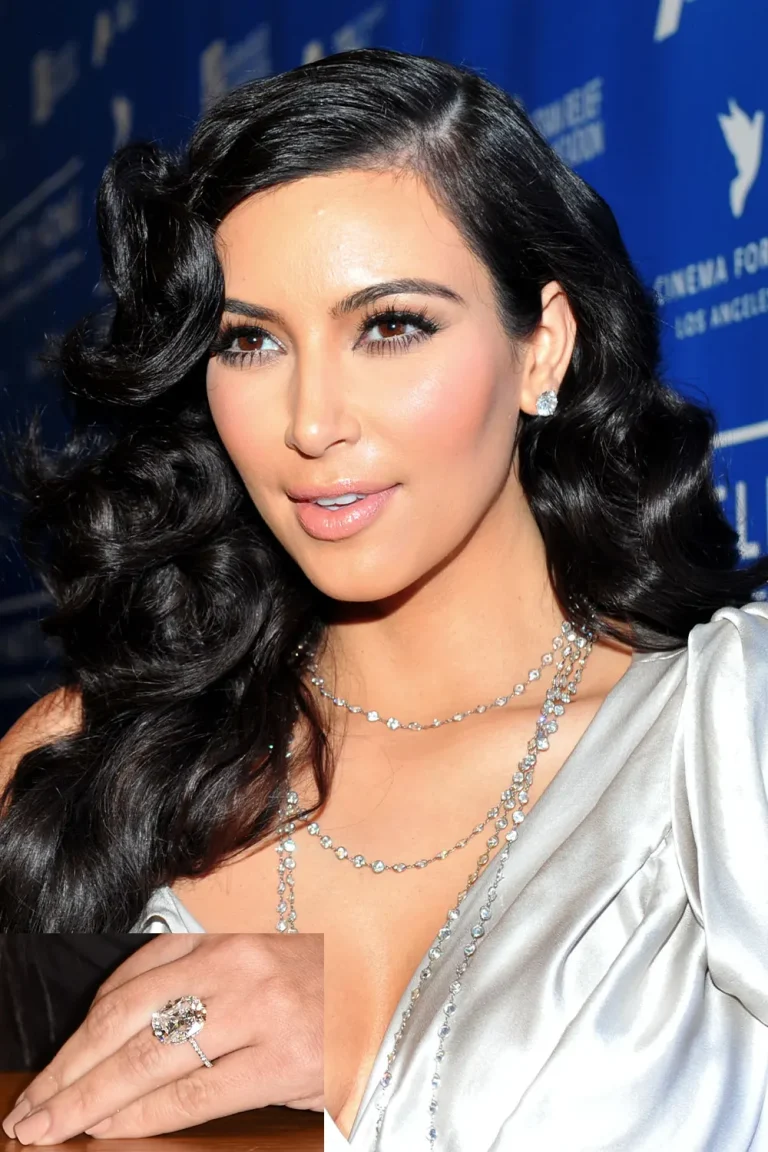Royal Weddings That Defined the Course of European History
Royal weddings are not just lavish affairs—they often serve as strategic alliances that have shaped the political landscape of Europe throughout history. These unions, typically arranged between powerful families, have…
Royal weddings are not just lavish affairs—they often serve as strategic alliances that have shaped the political landscape of Europe throughout history. These unions, typically arranged between powerful families, have led to peace treaties, ended wars, and even created new nations. Here’s a look at some of the most significant royal weddings in European history that had far-reaching implications well beyond the nuptials themselves.
1. The Marriage of Isabella I of Castile and Ferdinand II of Aragon (1469)

The union between Isabella and Ferdinand, known as the Catholic Monarchs, was pivotal in the history of Spain. Their marriage in 1469 effectively united the kingdoms of Castile and Aragon, laying the foundation for the modern Spanish state. This alliance was instrumental in the completion of the Reconquista, the expulsion of the Moors from Spain, and the eventual funding of Christopher Columbus’s 1492 voyage, which opened up the New World.
2. The Marriage of Mary, Queen of Scots, and Francis II of France (1558)
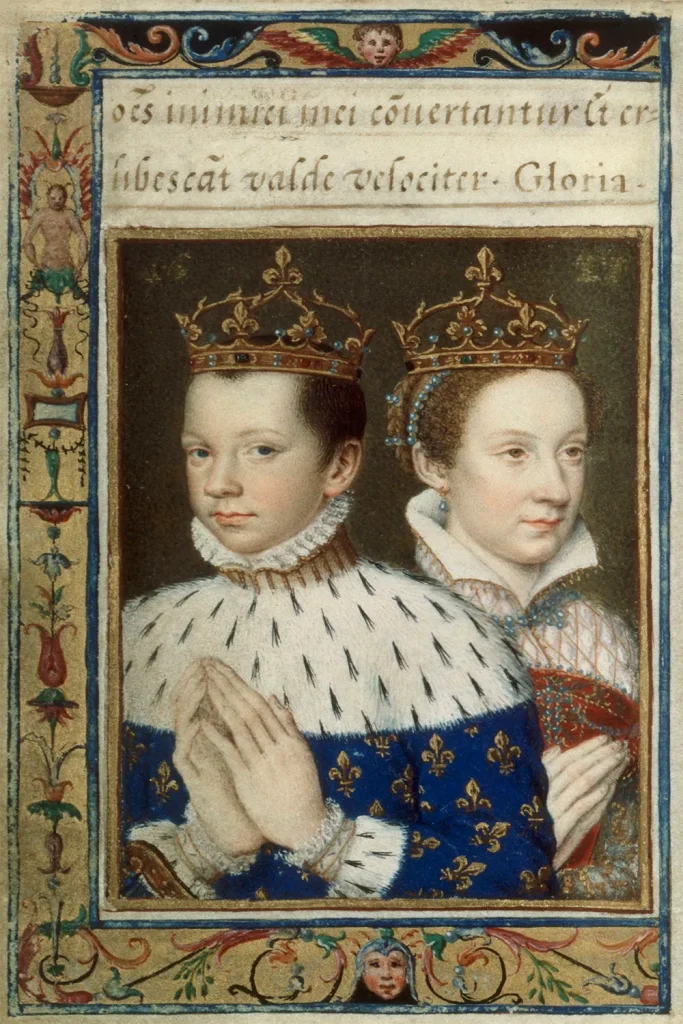
This wedding between Mary, Queen of Scots, and Francis, the Dauphin of France, who soon became King Francis II, had significant implications for the British Isles and France. The union was intended to strengthen the Catholic hold on Scotland and potentially assert French claims over England. Although Francis II died young, this marriage escalated tensions that led to decades of conflict over the throne of England.
3. The Wedding of Henry VIII of England and Catherine of Aragon (1509)
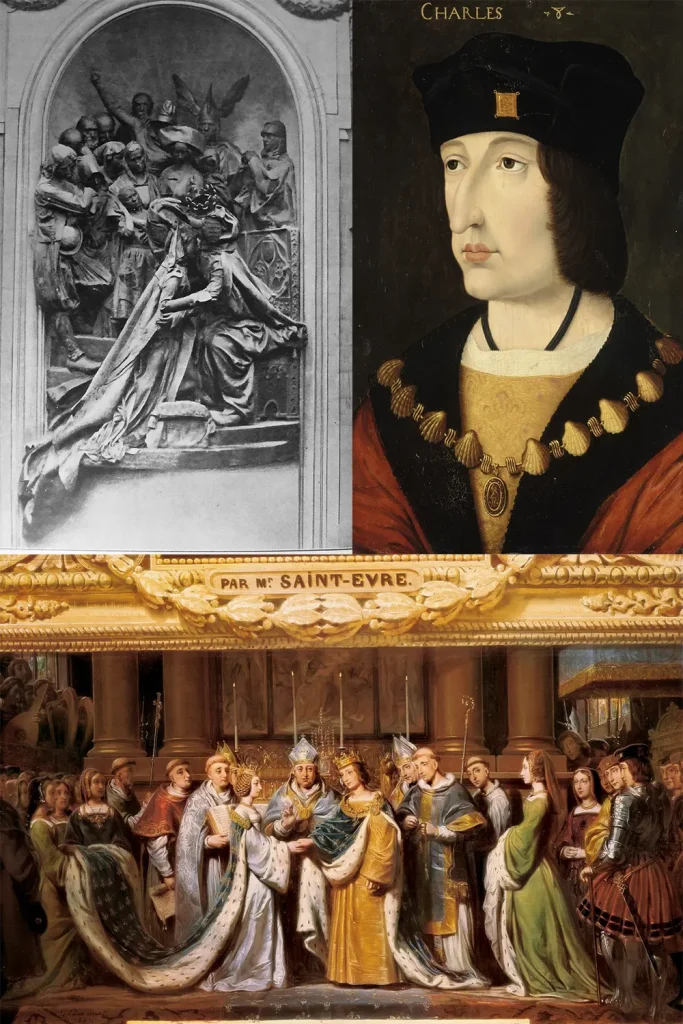
Henry VIII’s marriage to Catherine of Aragon was initially a political alliance. However, it became historically significant due to the matrimonial disputes it later generated. Henry’s desire to annul this marriage when Catherine failed to produce a male heir led to England’s break with the Catholic Church and the establishment of the Church of England, dramatically altering the religious and cultural landscape of England.
4. The Union of Anne of Brittany and Charles VIII of France (1491)
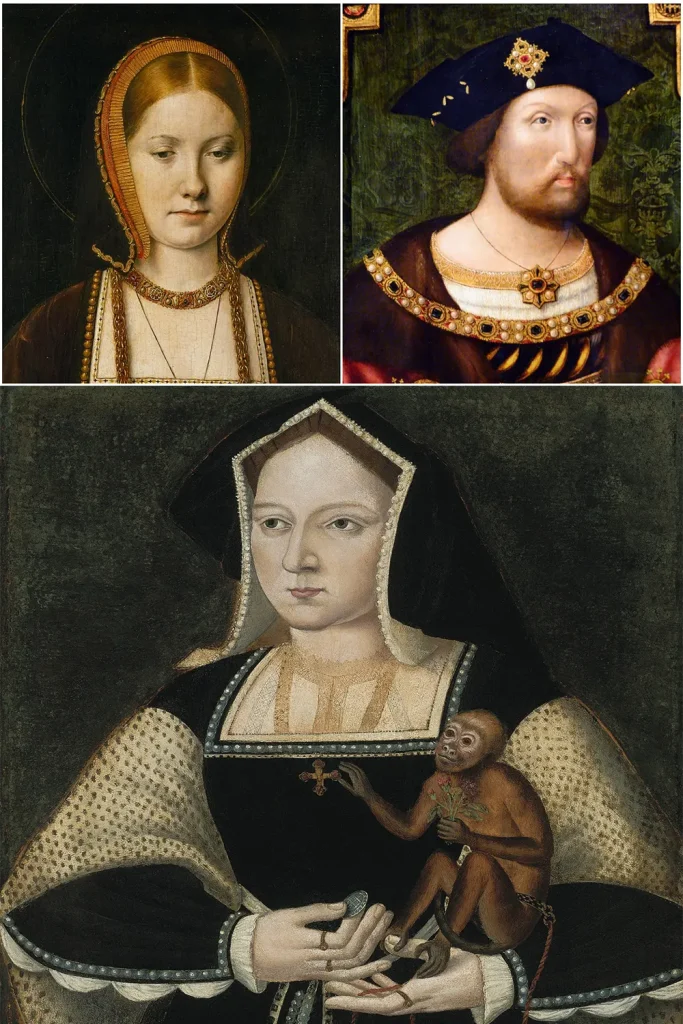
This marriage was crucial as it led to the annexation of Brittany by France. Anne was the Duchess of Brittany, and her marriage to Charles VIII brought the independent duchy under French control, significantly enhancing French territory and power. This was pivotal in the consolidation of France as a unified nation-state.
5. The Marriage of Maximilian I of Austria and Mary of Burgundy (1477)
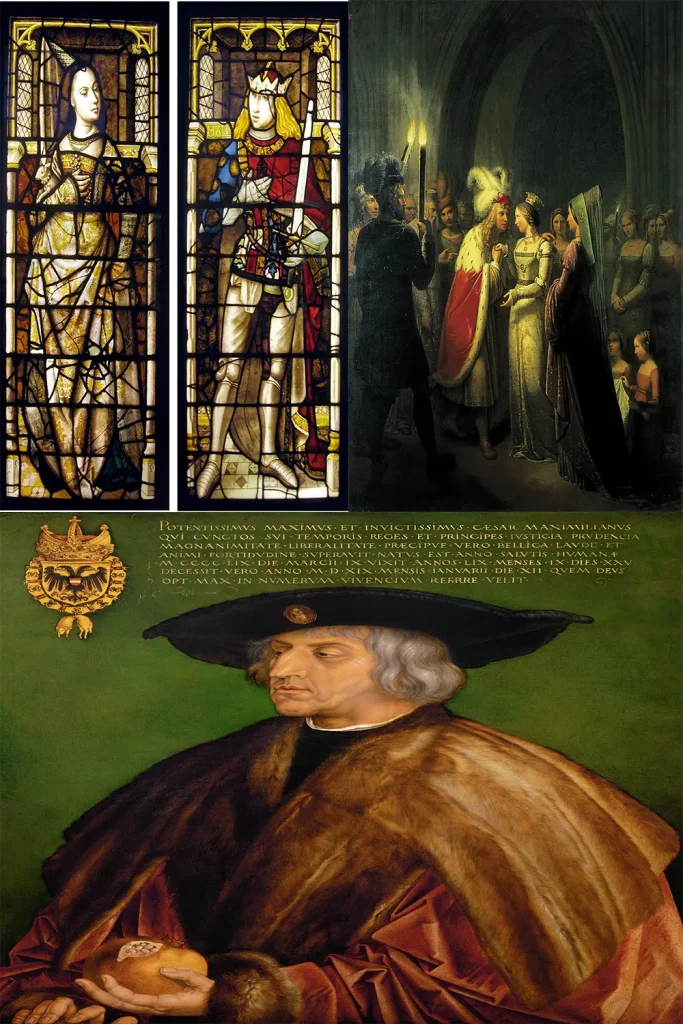
The marriage between Maximilian I of the Holy Roman Empire and Mary of Burgundy created an alliance that shaped the political landscape of Europe for centuries. Their union brought vast territories in the Netherlands and Burgundy under Habsburg control, setting the stage for Habsburg dominance in Europe and the subsequent conflicts and wars over territory and power across the continent.
6. The Marriage of Queen Victoria and Prince Albert (1840)

Though not a political alliance in the traditional sense, the marriage of Queen Victoria and Prince Albert had a profound influence on the history of Europe. Their descendants were married into nearly every royal family in Europe, earning Queen Victoria the nickname “the grandmother of Europe,” and intertwining the European royal houses, which set the stage for alliances and conflicts, including World War I.
Conclusion
These royal weddings were more than mere ceremonies; they were strategic moves that played crucial roles in shaping the political, cultural, and religious tapestry of Europe. Each marriage not only influenced the countries directly involved but also had a domino effect that impacted the history of the continent as a whole. Understanding these unions helps in appreciating how personal relationships can have profound geopolitical consequences.


